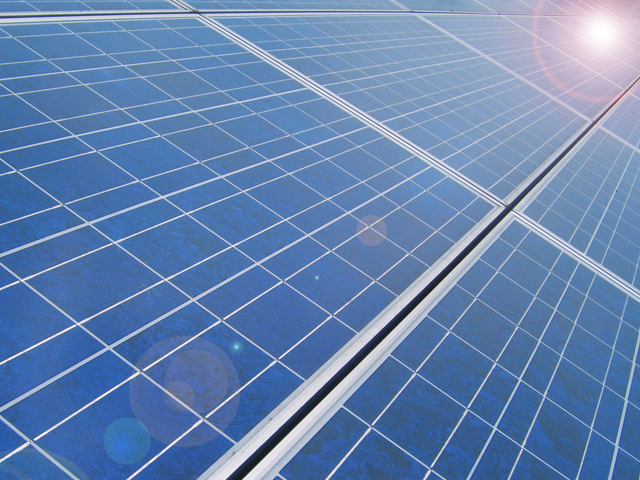While its electric-car manufacturing continues to get the most attention, Tesla quietly continues to build up its energy-storage business as well.
Today, the still-incomplete "gigafactory" in Nevada is assembling standalone battery packs for the company's Tesla Energy stationary energy-storage division.
Some of those packs will be deployed in Hawaii in a cooperative effort with another company tied to Tesla CEO Elon Musk.
DON'T MISS: Net-zero-energy homes underscore evolution of electric utilities
The battery array will be used to store energy from a solar farm run by SolarCity on the island of Kauai.
Tesla CTO JB Straubel said during Tesla's recent shareholder meeting that construction of the Kauai battery farm would begin soon according to Seeking Alpha.
Musk is chairman of SolarCity, and his cousins Lyndon and Peter Rive run the company.

Tesla Energy for utilities
The Hawaiian site will provide a "reasonable percentage" of Kauai's power needs, Tesla says, and will be operated in conjunction with the Kauai Island Utility Cooperative (KIUC).
The utility already hopes to generate 50 percent of the island's power from renewable sources by 2023, so this project is clearly a step in that direction.
Tesla and SolarCity plan to build the combined solar farm and energy-storage array on 50 acres just north of the city of Lihue, Fortune reported back in February, when the project was first announced.
ALSO SEE: Elon Musk vs Warren Buffett: how two titans see carbon-free electricity
KIUC will pay SolarCity 14.5 cents per kilowatt-hour over a 20-year contract for both the solar farm and energy-storage array.
Battery packs will be used to provide power when sunlight isn't available for the solar panels to capture.
Coupling solar panels with batteries allows excess energy to be stored for later use, a particularly important capability to stabilize electric grids when intermittent and unpredictable renewable energy sources are added.

Solar Panels by Flickr user Chandra Marsono
Hawaii is a particularly good environment for renewable energy because the island chain's isolation have given it some of the highest electric prices in the nation.
Most of Hawaii's electricity is generated by burning oil that must be shipped to the islands in tankers.
It has no natural-gas supplies, and no coal deposits, so petroleum is the sole fuel source for the electricity used by its 1.4 million residents.
MORE: Tesla Energy: What We Learned About Powerwall Demand On Q1 Results Call (May 2015)
The cost of importing oil has made Hawaii's utilities more receptive to adding renewable-energy generation.
SolarCity received approval from most Hawaiian regulatory agencies earlier this year, although the start of construction appears to have been pushed back from its original target date of April.
The company had previously said it hoped to finish construction before the end of the year.
_______________________________________________












